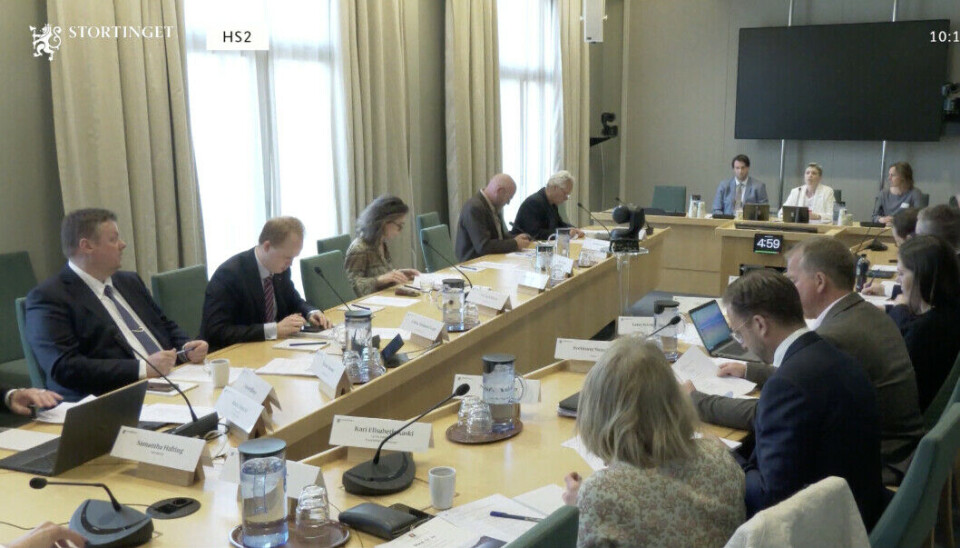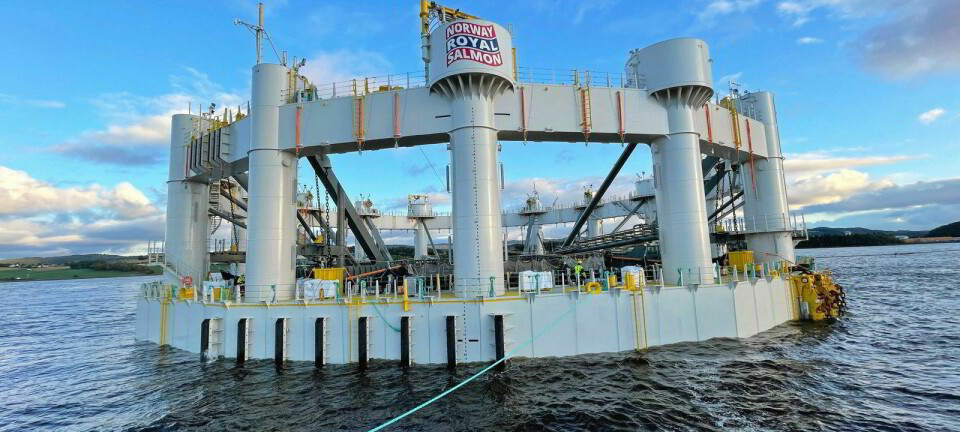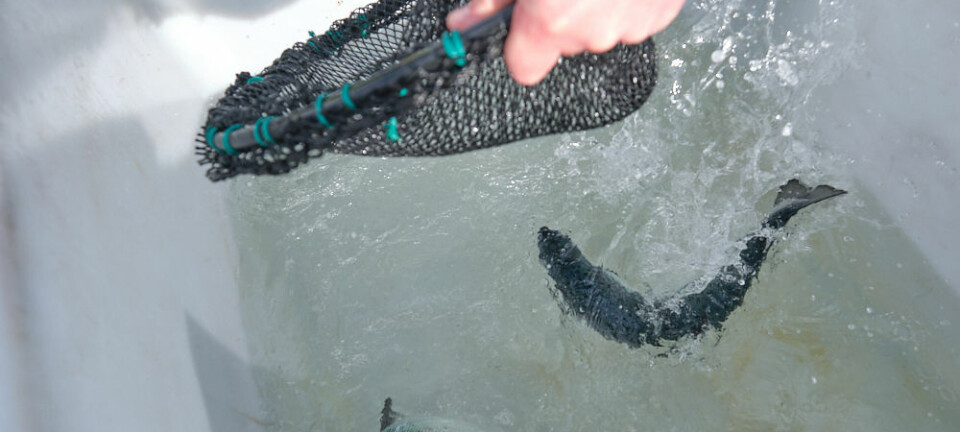
Norway agrees to status quo in aquaculture policy - for now
Parliament rejects unpopular sea lice quota proposals
Norway’s current regulatory regime with biomass limits and the traffic light system will remain in place for the time being following cross party agreement in the parliament yesterday.
The current system will be continued until new regulations are developed and adopted, but with incentive mechanisms to reduce environmental footprint in the form of an environmental technology scheme.
The scheme, which rewards companies investing in zero-emission technology to reduce their ecological footprint, is due to come into force in the autumn of 2025.
Radical overhaul
The minority Labour government had proposed a radical overhaul, replacing the maximum biomass limit (MTB) owned by fish farmers with biomass limits based on the volume of sea lice from farms that it calculates nature can tolerate in a given area.
But there was widespread hostility to the plans within the sector and the measures were not expected to go through the Storting (parliament) unchallenged.
More about the agreement:
· The future regulation of aquaculture will be based on actual and measurable environmental impact and designed with individual incentives for aquaculture companies, with set goals of better fish welfare and reduced mortality.
· The transition to a new regulatory system should be predictable and broadly politically anchored.
· The consequences of any possible abolition of MTB must be investigated before a final decision is made.
· The new regulatory system should facilitate framework conditions that also protect small and medium-sized players, and be structurally neutral.
Spatial planning
· The Storting asked the government to consider consolidating the overall responsibility for coordinating aquaculture management in a Directorate of Fisheries and Aquaculture, with authority to clarify and allocate locations. The Directorate will also be responsible for following up on municipalities in their spatial planning in coastal marine areas.
· The Ministry of Trade, Industry and Fisheries will continue to be responsible for knowledge building and regulation of the impact of sea lice.
· State planning guidelines will be developed to also cover coastal marine areas and more of the conditions for establishment and operation will be set in regulations and not in permit conditions, in order to contribute to more coordinated and efficient land management. The municipalities are the planning authorities.
· A more comprehensive and thorough knowledge base for the environmental impact of aquaculture, including the industry's actual and relative impact on the Norwegian wild salmon population, will be developed. A broad range of researchers and professionals will participate in this work, and there will continue to be transparency about methods and models.
· The government is asked to strengthen the technical and biological data base for environmental impact assessment.
Monitoring of sea lice
Also under the agreement, efforts will be made to improve the monitoring of sea lice, emissions and fish welfare through the use of new technology and available data, including automatic transfer of relevant data from farmers to supervisory authorities.
Rune Støstad, industrial policy spokesperson for the Labor Party, said: “I am pleased that we have reached a broad agreement between six parties on a direction for the future of aquaculture.
“It shows that we can come together on important issues for Norway – where we both facilitate value creation and jobs along the entire coast, and set clear goals for the environment, fish welfare and sustainability.”
The final vote on the bill is due to take place on Thursday, June 12.























































